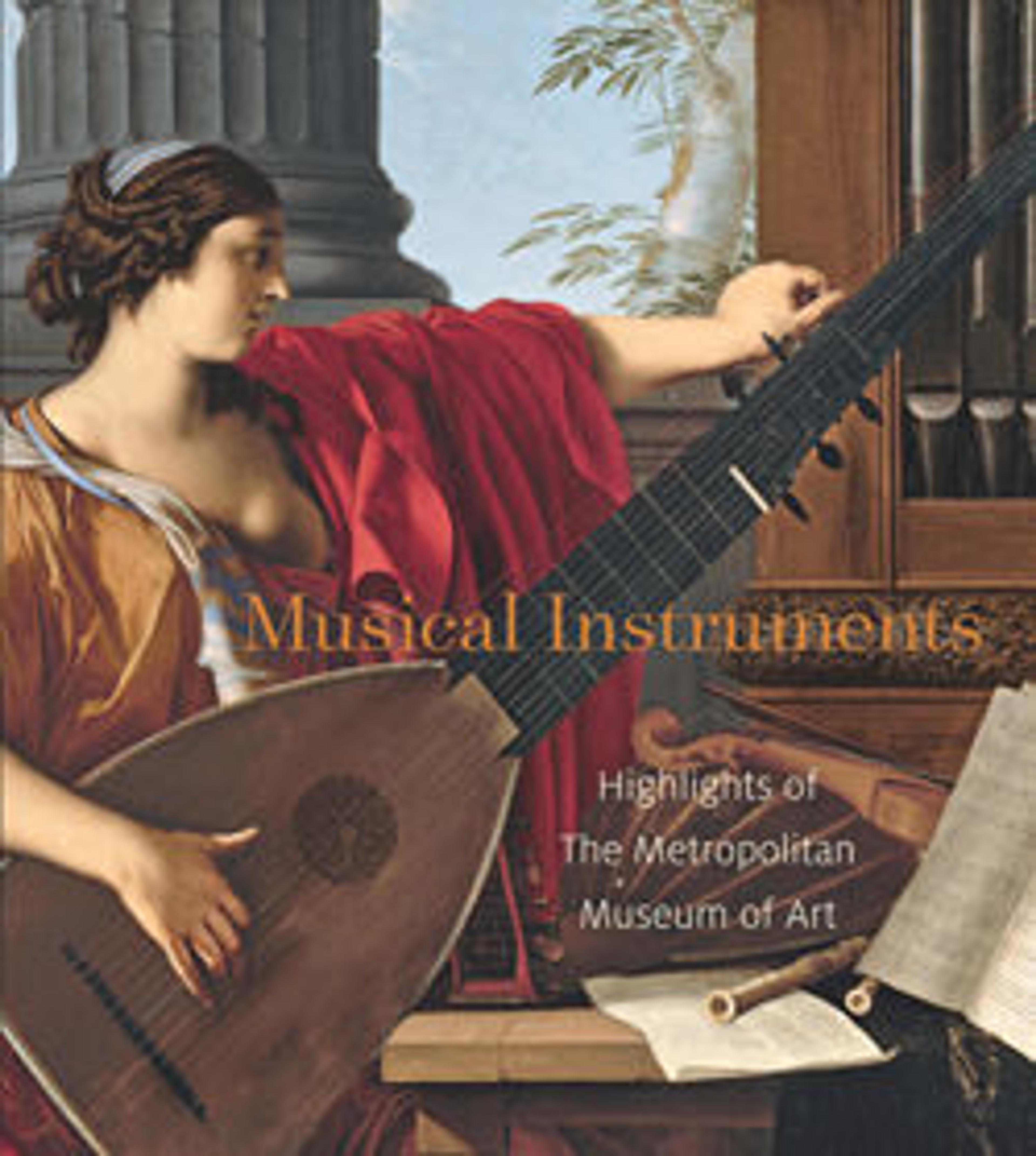Śankh
In Hinduism the conch shell is usually associated with the god Vishnu, Lord of the Waters, but the brass fittings on this shell indicate a link with Shaivite ritual. The mouthpiece suggests a lotus, while the heavily decorated conical end depicts rows of nagas (serpent divinities) and wreath-bearing kirtimukhas ("Faces of Glory"). A yoni design (symbol of female energy) is interspersed between each naga and kirtimukha. The fitting terminates with the head of a makara (elephant/crocodile monster), atop which strides a yali (elephant/lion monster). Three figures rest at the upper edge of the shell's opening: the lingam/yoni, symbol of Shiva and representation of the unified male/female force; Ganesh, the elephant-headed son of Shiva; and Nandi, a milk-white bull who serves as Shiva's vehicle. The opening of the hoofed stand represents a yoni.
Artwork Details
- Title:Śankh
- Date:19th century
- Geography:Kerala State, India
- Culture:Indian
- Medium:Shell (Turbinella pyrum), brass, wax
- Dimensions:Sankh: 6 × 6 × 16 3/4 in. (15.2 × 15.2 × 42.5 cm)
Stand: 2 1/4 × 4 3/4 × 5 3/4 in. (5.7 × 12.1 × 14.6 cm)
Weight: under 40 lbs - Classification:Aerophone-Lip Vibrated-trumpet / trombone
- Credit Line:Purchase, The Barrington Foundation Inc. Gift, 1986
- Object Number:1986.12
- Curatorial Department: Musical Instruments
More Artwork
Research Resources
The Met provides unparalleled resources for research and welcomes an international community of students and scholars. The Met's Open Access API is where creators and researchers can connect to the The Met collection. Open Access data and public domain images are available for unrestricted commercial and noncommercial use without permission or fee.
To request images under copyright and other restrictions, please use this Image Request form.
Feedback
We continue to research and examine historical and cultural context for objects in The Met collection. If you have comments or questions about this object record, please contact us using the form below. The Museum looks forward to receiving your comments.
